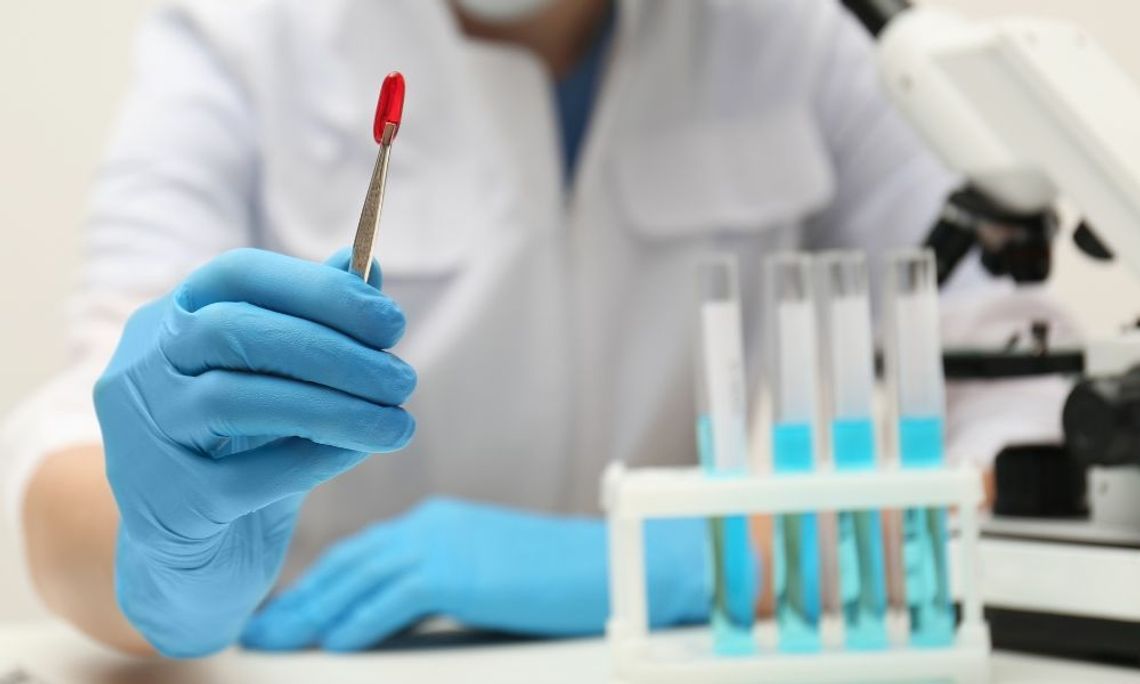Every laboratory technician or prospective laboratory student should know the basic types of tools in the lab space. One of the most common categories of lab equipment is tweezers and forceps, and there are many variations of these tools. To better understand the wide variety of tools in the lab space, here are some of the most common types of laboratory forceps and their uses.
Blunt Versus Pointed Forceps
The two most common types of laboratory forceps are blunt and pointed forceps. These instruments feature fused metal arms, but the tips of these arms are distinctly different in each model. Blunt-tipped forceps are ideal for handling soft objects that could tangle in the sharp tweezer’s points, such as cotton balls and swabs. On the other hand, pointed models are best for precision handling and entering particularly small cracks and spaces.
Triangular-Tipped Forceps
Triangular-tipped forceps feature a uniquely styled end on each arm of their metal pieces. These forceps have wider tips angled into triangular shapes. This provides a greater surface area for picking up larger objects. Because of the wider gripping area, these forceps are ideal for handling larger materials and samples or when you need a more secure hold on an object.
Cross-Locking Forceps
Cross-locking forceps or tweezers have a unique design compared to standard tweezers. They work in reverse to regular tweezers by opening when the technician applies pressure and closing the operator releases. This provides a solid hold on whatever object you’re working with without applying any pressure. Cross-locking forceps are ideal for holding samples for prolonged periods or when you need a particularly secure hold.
Surgical Forceps
Laboratory workers often use surgical tools when working with biological samples or performing dissections. There are many varieties of surgical forceps, including tissue forceps, Adson forceps, Russian forceps, hemostatic forceps, and more. Hemostats are a specialty type of surgical tweezer that provides excellent tissue grip. There are even several distinct types of hemostatic forceps with their own applications. This shows how many varieties of tweezers there are in scientific industries.
This is a small sample of the many scientific forceps and tweezers. Each type of laboratory forceps has its own specific applications and uses, which is why it’s so important to pay attention to the minute differences between each model during your studies.


Comment
Comments